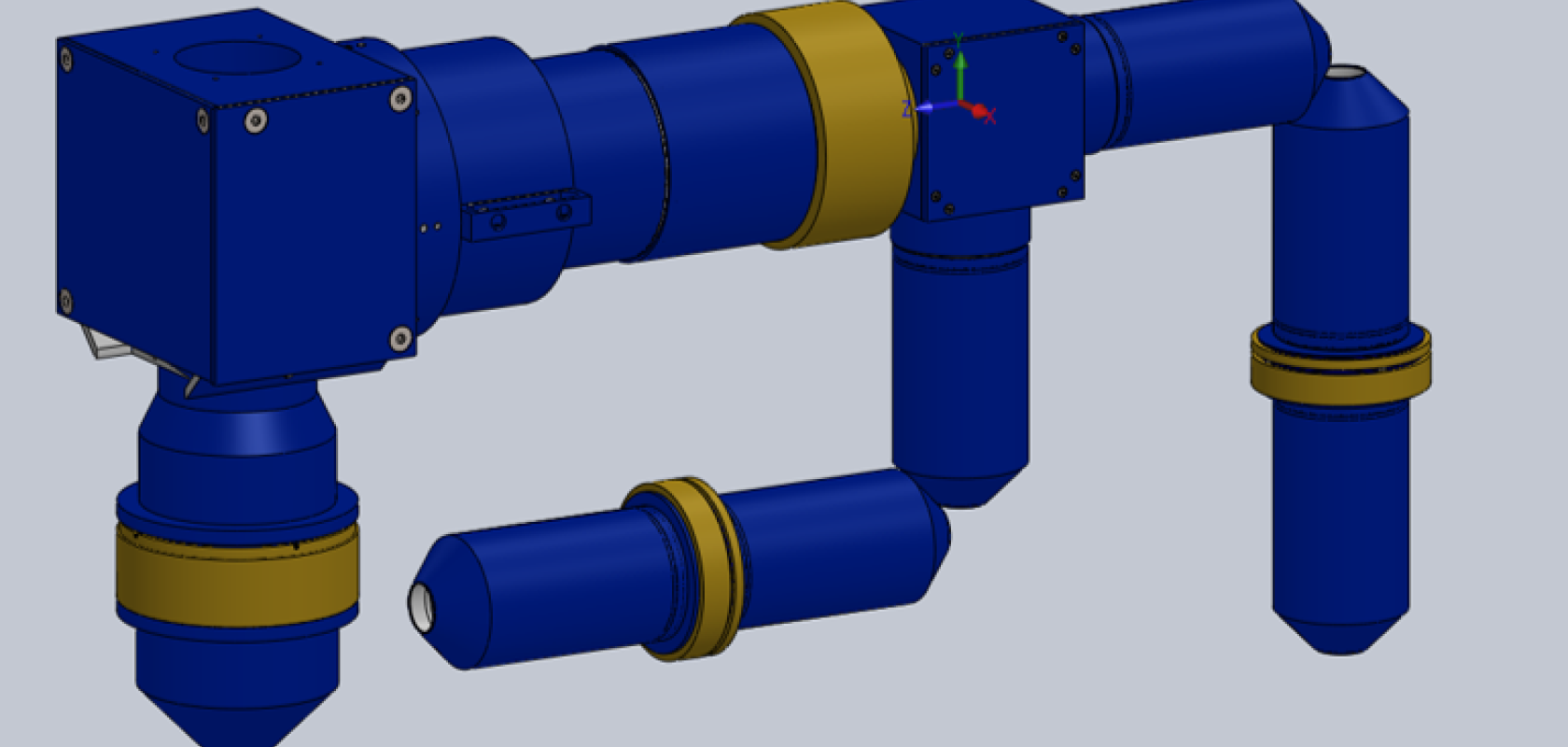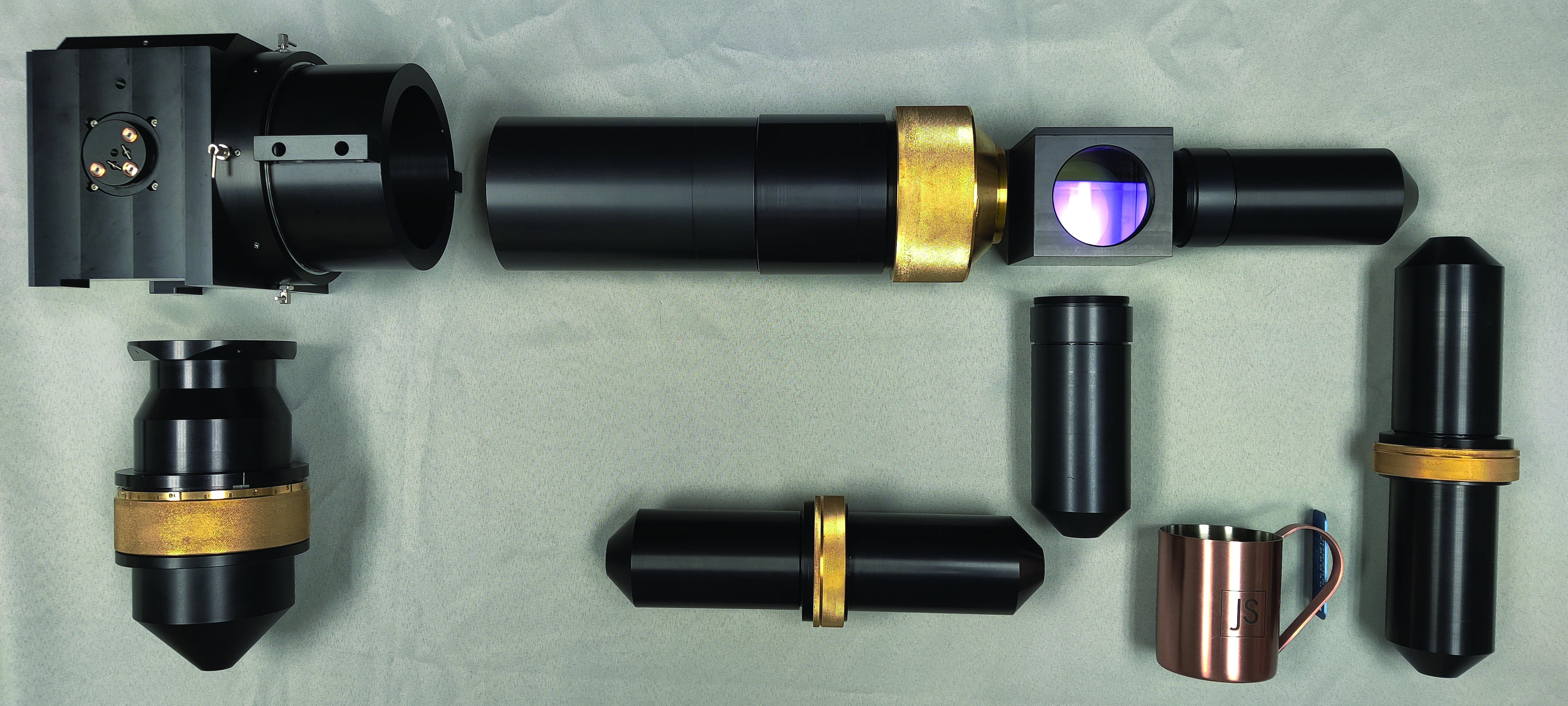For engineers and R&D professionals at academic research institutes and the startups that spin out of these organisations, the integration of optical systems can present some tough hurdles. This is particularly true in the life sciences, where challenges can range from understanding the complexities of biology to protecting what are often groundbreaking ideas.
Dealing with the intricacies of biological systems is no mean feat, and researchers require optical systems that can delve into the intricacies of different biological samples. Then comes the potential headache of protecting these innovations, figuring out patents, balancing openness with commercial goals, and dealing with the costs involved.
Making optical systems for life sciences is not a one-person job, but rather a mix of physics, biology, chemistry, and engineering. Bringing these together can be like assembling a puzzle with pieces that don’t always fit. One of the trickiest parts of this puzzle is achieving high resolution and sensitivity in optical systems. Small biological structures demand precision, and getting the right balance can be a constant challenge. Then there’s the financial struggle to contend with – developing cutting-edge optical systems can require big budgets, which can be a tough ask for startups.
Help is at hand for life science professionals
This is where Rocky Mountain Instrument (RMI) can help. The company prides itself on its ability not to just manufacture optics; but to engineer real solutions for customers in the life science space. The company’s expert engineers act as an extension of an in-house research and development team, helping to take introductory sketches or complicated ideas and turn them into a fully developed commercial product. What’s more, RMI’s opto-mechanical engineers and scientists genuinely enjoy this collaborative approach to meeting some of the most pressing challenges and technically difficult specifications.
Inga Tamayo, Program Manager, Optical Assemblies at RMI is part of this team. She explains: “One of the things that we do is we partner with our customers, and help them build the optical systems or optomechanical systems. We’re like a manufacturing facility in that we have a lot of equipment that we can utilise here for various applications. But on the other hand, we’re not just fabricating, we’re consulting. So, we can help design a system or modify it; we can design the mechanical system around it to wrap into the housing, and we can also troubleshoot.”
Design for manufacturing is where RMI shines. The company does not stop with preliminary designs; it can also help to refine materials, shapes, and details based on real-world limits. This isn’t just about making a product or tool; it’s about making one that won’t break the bank. Tamayo continues: “Let’s say a customer has some kind of problem or they don’t know much about fabrication, we can also help them to get the best price point. We help to design for manufacturing because not every system that people design can be made, and we can improve it to the point where costs are optimal, performance is optimal, and so on.”
Manufacturing the non-manufacturable
This means that, even if everyone else says that a system is too complex or impossible, RMI can sit down with a customer and look at how to make it happen, with a track record of turning even the supposedly non manufacturable into success stories. John Smith, Senior Opto-Mechanical Engineer explains: “We can do everything from a single element to absurdly large numbers, and we are available to help refine ideas and improve these things, so complexity is really not a problem.”
What makes this possible is RMI’s status as a vertically integrated manufacturing company. There is an engineering team on-hand that knows every nook and cranny of system development. So, it isn’t just about making products; it’s about making them more efficiently and cohesively. Continues Smith:
“There are a lot of things we can do that mass production facilities can’t because they’re making too many parts or too many systems and they just don’t have the capacity. We do have that capacity.”
What’s more, because of the unique way that RMI operates, R&D professionals can rest assured that they don’t need to worry about protecting the innovations upon which they have worked so hard. Tamayo says: “We can partner in a way where people keep their intellectual property and their know-how, as if we are simply manufacturers.”
Real-life science example
RMI also has its own cutting edge technology, an area upon which the team has spent many years building, designing, refining, and iterating on designs developed for a variety of research areas, and most widely used in neurological research. The Diesel2p is a specialised two-photon microscope system featuring dual scan engines that function independently.
With each arm providing optical access to a sizable imaging volume of approximately 25mm2, this system can maintain subcellular resolution even in scattering tissue at typical depths used in two-photon imaging. What’s more, each arm has the capability to use multiple sources simultaneously, which makes it versatile for various applications such as imaging and photoactivation experiments.
The Diesel2p is already in situ in some of the most prestigious labs across the US, Canada, the UK, Japan, and Europe. Smith explains: “We’ve got two completely unique lines on the two photon microscope concept that we co-developed with customers. In both cases, we had people who were working as professors developing systems for their own research and we co developed the optical designs so that they were manufacturable, helped them avoid bad materials, and impossible optical designs, geometries, things like that. Over the course of that work, in one case there were, I think, six iterations (with unique objectives, different tube, and scan systems, different optical element counts) but essentially the core concepts of each were stable but customised for different universities; tweaked and modified for unique instrumentation. In both lines, the customers spun out businesses of their own in addition to or in place of their research, and there’s significant demand for these to do a lot of Alzheimer’s research. They’ve been used in other areas as well; I believe even AI.”
There is more detailed information available about the development of the Diesel2p two-photon microscope in the latest White Paper from RMI, and you can also visit the team to find out how they could help you design, optimise and co-develop your systems into products for life science applications at this year’s BiOS tradeshow on booth #8679.



